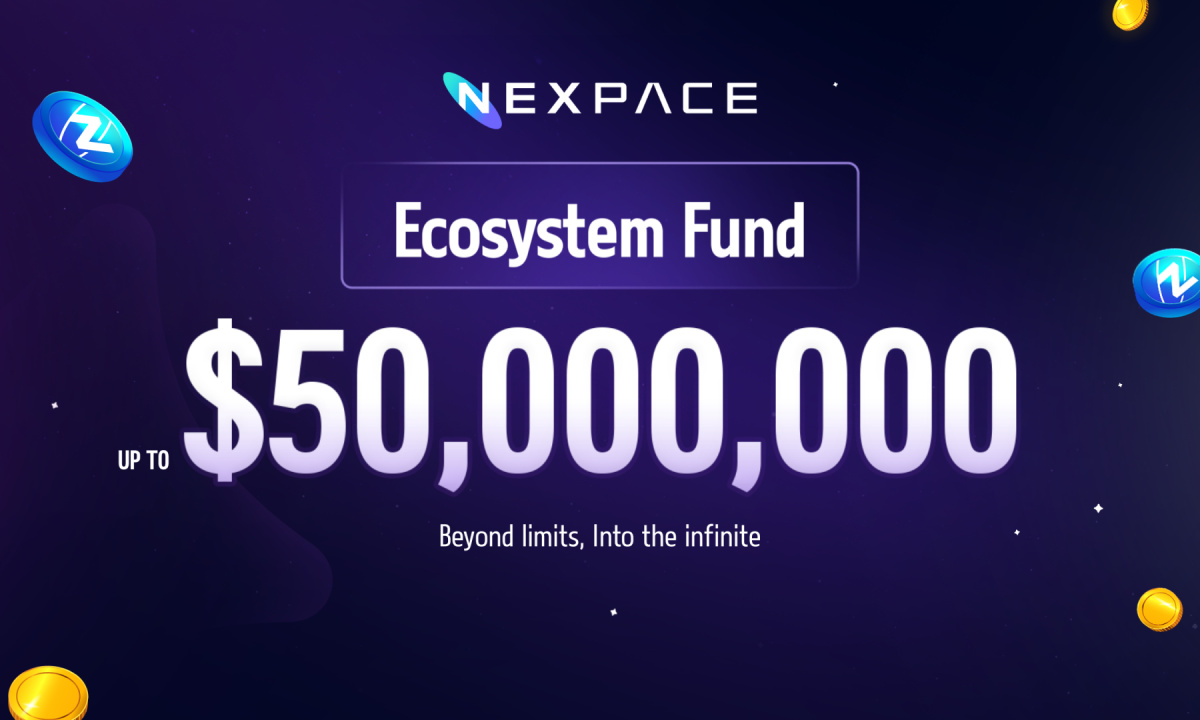Key Insights
- Stablecoins are being actively backed by the U.S. government and other parts of the world and are growing strongly.
- While Bitcoin holds all the fame, stablecoins have quietly surged to a combined market cap of around $200 billion.
- Nations like Venezuela and Argentina, which are plagued by inflation, see stablecoins not just as tools for trading but as financial necessities.
- According to Bo Hines, the Executive Director of Digital Assets, both Republican and Democratic leaders are pushing for the expansion of the stablecoin market.
- According to a recent report from Standard Chartered, the US’ incoming GENIUS act could create a new era of stablecoin adoption and sale.
Bitcoin continues to steal headlines with its performance and its recent addition to the US’ strategic crypto reserve.
However, a quieter force might be ready to steal the spotlight right from above Bitcoin in everyday transactions.
This force involves stablecoins, which were once used as simply a tool for traders.
This time around, stablecoins are being actively backed by the U.S. government and are growing strongly.
Here’s why stablecoins could be the next pillar of economic power over Bitcoin.
The Rise of Stablecoins
As of April, the total crypto market cap is hovering just underneath the $3 trillion mark, with Bitcoin still underneath the 85,000 mark and holding a dominance of over 60% over the market.
However, while Bitcoin holds all the fame, stablecoins have quietly surged to a combined market cap of around $200 billion.
Unlike Bitcoin and other kinds of crypto, stablecoins are popular because they maintain a fixed value, which is typically pegged 1:1 to the US dollar.
This stability makes them useful for traders and people in countries suffering from hyperinflation.
Nations like Venezuela and Argentina which are plagued by inflation, see stablecoins not just as tools for trading, but as financial necessities.
Tether’s USDT and Circle’s USDC are the biggest players in the stablecoin space with a combined dominance of more than 80%.
According to a new update from venture capital firm Andreessen Horowitz, stablecoins (like USDT and USDC) could offer the world the same thing that WhatsApp did for global communication.
Washington’s Embrace of Stablecoins
The appeal of stablecoins hasn’t gone unnoticed by policymakers in Washington.
Bo Hines, the Executive Director of Digital assets, publicly endorsed this asset class in an online interview with Anthony Pompliano.
According to Hines, both Republican and Democratic leaders are pushing for the expansion of the stablecoin market.
The U.S. government currently sees stablecoins as a tool against China’s ambitions with its incoming digital Yuan.
This digital currency arms race has seen the US do everything possible to move fast.
So far, the Trump administration has done all it can to clarify regulations around tokenization, staking and the ETFs.
The International Monetary Fund (IMF) has also weighed in with a recent report that shows stablecoins reducing remittance costs by as much as 50% in a few years.
Millions of people who send money across borders will find the new stablecoin revolution to be a game changer.
The Genius Act
One of the biggest catalysts for this stablecoin revolution is the expected passage of the Genius Act, which is short for “Guiding and Establishing National Innovation for U.S. Stablecoins”.
According to a recent report from Standard Chartered, this GENIUS act could create a new era of stablecoin adoption and sale.
The bill has already been cleared by the Senate Banking Committee and is expected to pass Congress before receiving President Trump’s signature in mid-2025.
Analysts believe that this bill’s passing will trigger a massive increase in stablecoin supply.
It will also push the market from its current $230 billion capitalization to over $2 trillion by the end of 2028.
So far, nobody knows just how far stablecoins will go in the world today. However, they have grown from being a mere supporting act in Bitcoin’s story to a force of their own.
They have become central to the world’s economy and will continue to grow in strength as the years go by.
Disclaimer: Voice of Crypto aims to deliver accurate and up-to-date information, but it will not be responsible for any missing facts or inaccurate information. Cryptocurrencies are highly volatile financial assets, so research and make your own financial decisions.









